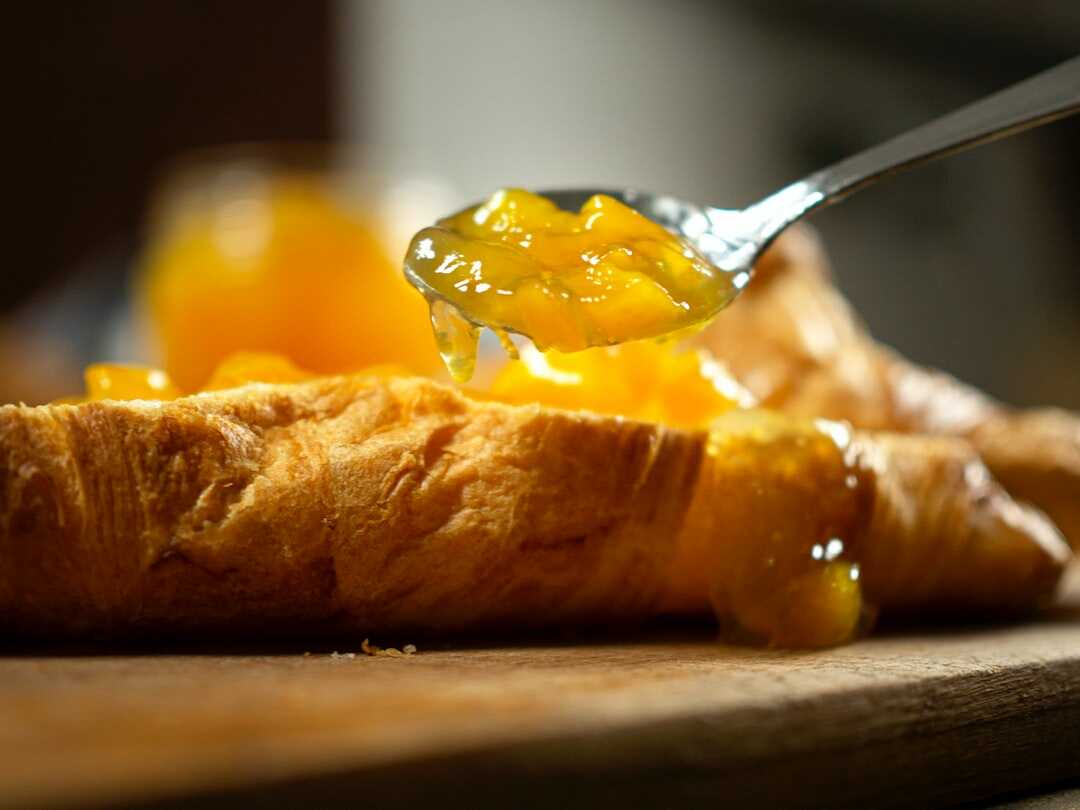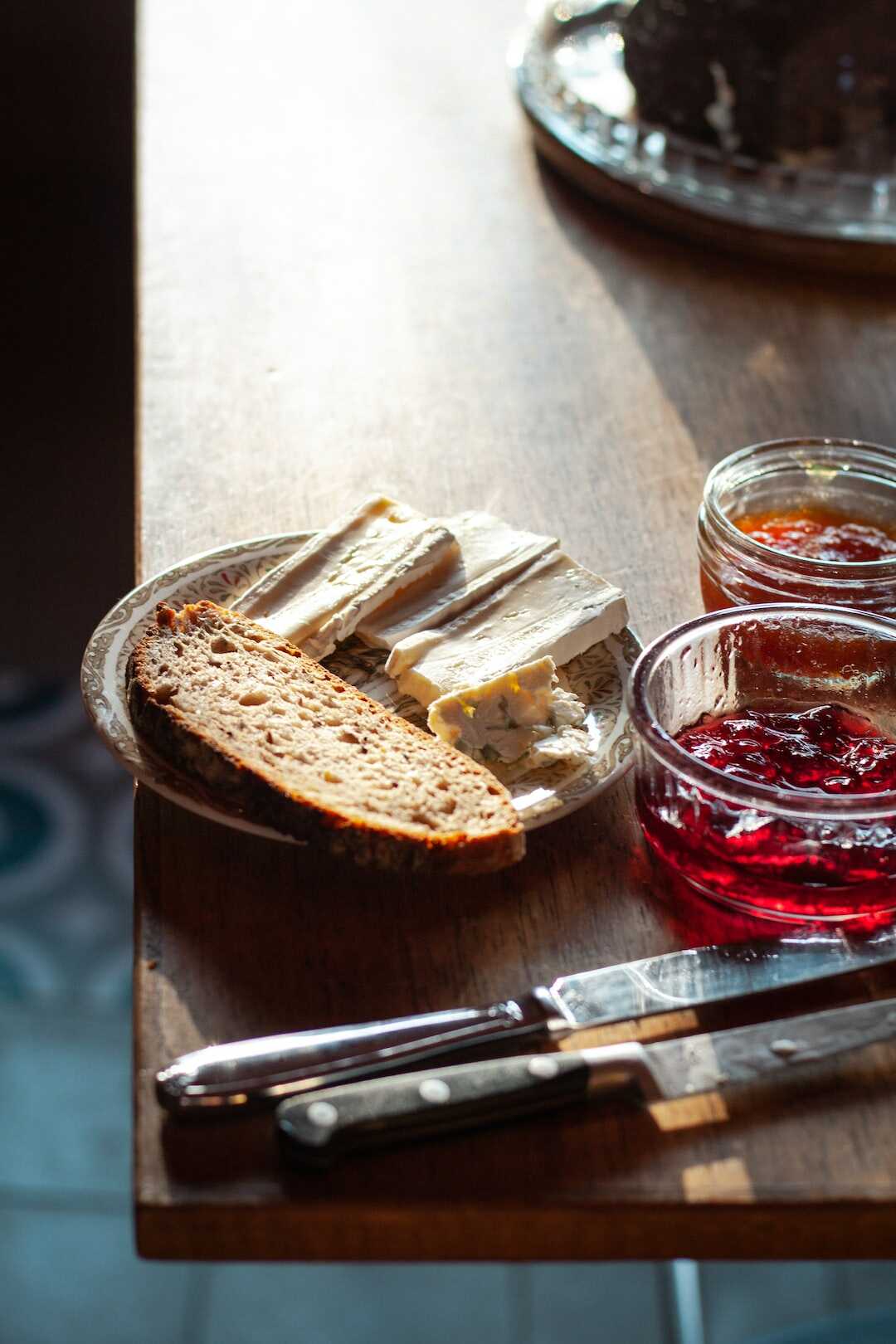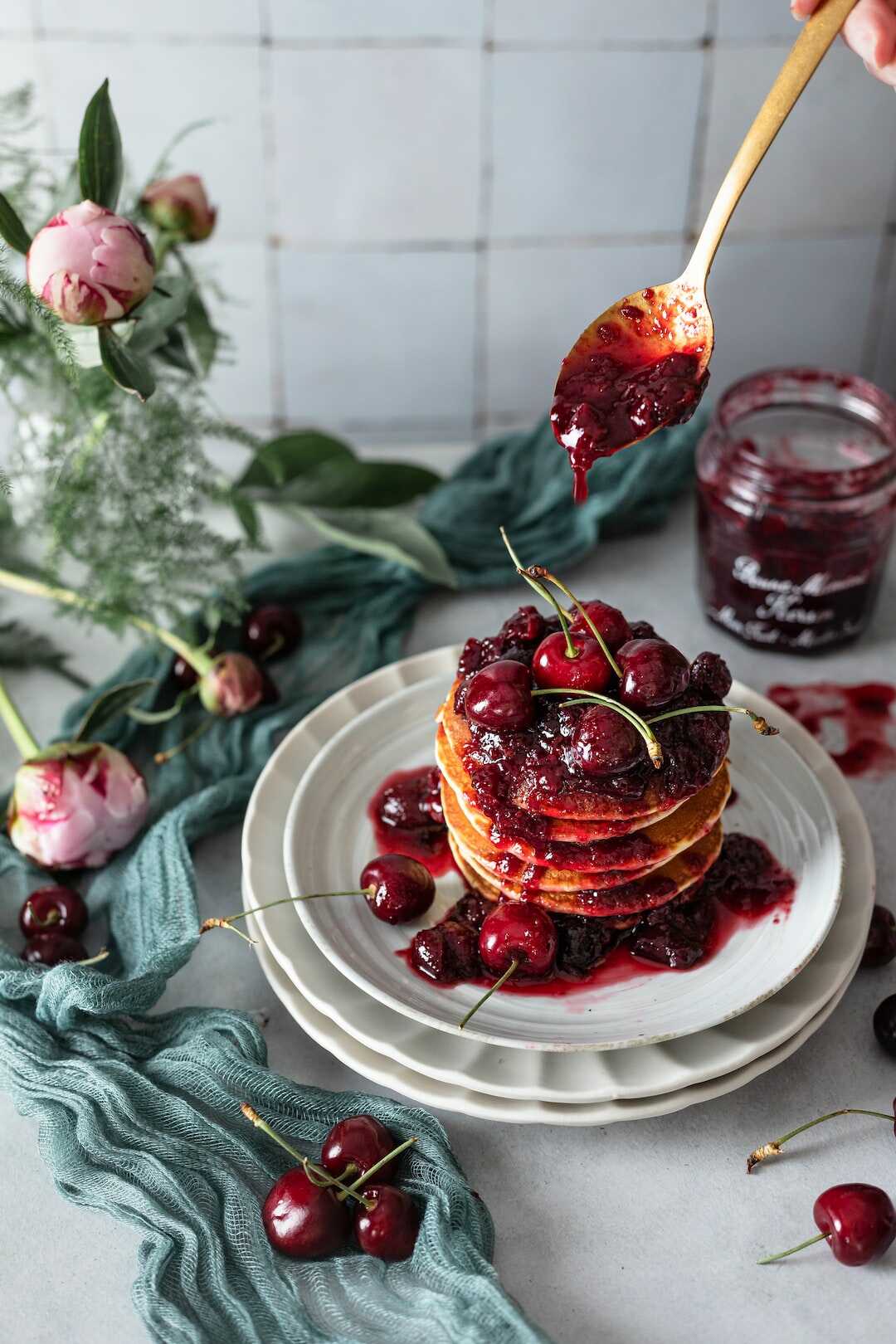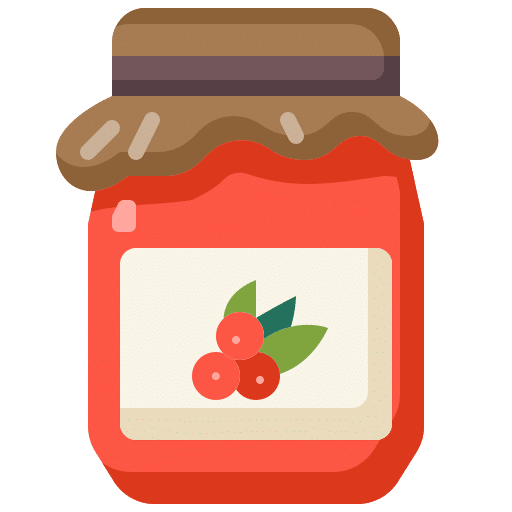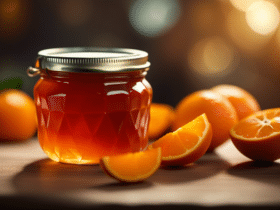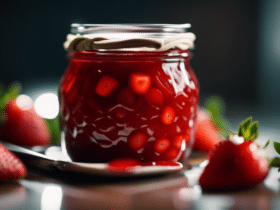Thus, airborne spores are potentially dangerous when inhaled through the body. How do you know if mold is toxic? On a daily basis, the formation of blackish spots on the walls or floors is a sign of the presence of mold.
How to fight mold?

7 tips for fighting mold
- Tip #1: Never interrupt the ventilation.
- Tip #2: Clean the vents.
- Tip #3: Leave two centimeters under the door.
- Tip #4: Repair water leaks.
- Tip #5: Release the steam.
- Tip #6: Watch the plants.
How to prevent mold from coming back? for 300 ml of white vinegar and 200 ml of water into the sprayer. spray the mixture on the mold. leave to act for several hours. take a clean cloth and wipe off the vinegar.
How to permanently eliminate mold? Dilute 300ml of vinegar in 200ml of water in a spray bottle, then spray this cleanser directly on the sites. It is important to let it sit for a few hours and then wipe it with a dry cloth. If the mold persists, do not hesitate to renew the operation.
How to get rid of damp on the walls?

Take a sponge or cloth and plenty of white vinegar on it. Scrub the wall thoroughly to remove most mold. Then pour 300 ml of white vinegar and 200 ml of water into the sprinkler and spray the mussels with the solution.
How to naturally absorb the humidity of a room? Coarse table salt perfectly absorbs moisture. Put a few tablespoons of coarse salt in a cup and toss it in a damp room or closet.
How to get rid of indoor humidity? Air the house for 10 minutes at least twice a day. Natural and regular ventilation effectively combats humidity, but also the odors that accompany it; Do not dry laundry indoors.
How does mold feed?

source of food, i.e. everything that is ecological: fruits and vegetables, other food products, books, carpets, clothes, wood, plaster, plaster of organic glue, etc. source of moisture.
What is mold called? To burp. 1. (Cismef) A sediment or layer formed on organic substances by various fungi belonging to the genera Mucor, Penicillium, Aspergillus, etc.
Where is the mold? It is found in soil, compost, organic debris (grains, bread, fruits, vegetables, jams…), spices including pepper, cereal reserves, tobacco etc. Cladosporium is the most abundant mold species, especially in summer.
How does mold grow on food? They spread by producing spores (a type of seed). These spores are very resistant and invisible to the naked eye. Mold can grow on any food, including water, coffee, spices and cocoa. They like heat and humidity.
Is it bad to eat moldy Parmesan cheese?

Yes. Hard cheeses with mold are safe to eat as long as you remove the mold first, as it does not go deep into the cheese.
How to remove mold from cheese? In the case of hard or semi-hard cheeses (eg Emmental, Edam, Tilsit), the affected parts can be copiously removed with a knife. But if the mold has gotten inside, the cheese is already very rotten and should not be eaten anymore.
Is it dangerous to eat mold? Eating food from which the moldy part has been removed is potentially dangerous. Mold reduces the taste of food. Mold is just one sign of improper storage. Behind it, there may be an overgrowth of toxic microbes.
Is it bad to eat moldy cheese? Undesirable but not dangerous molds These molds are not harmful, but are not edible. Remove the moldy parts, leaving a margin of 1 cm and check that the heart of the cheese is intact. If so, you can try it.
How to avoid mold on cheese?

Just put it in an airtight box, in the refrigerator, in which you put a piece of sugar. This effective technique will allow you to consume it a little longer. However, be sure to change the sugar regularly so that the sweet taste does not affect the cheese.
How to avoid mold on food? According to the contents of the refrigerator: the most effective way to keep your mushrooms or salads cool is to wrap them in sheets of paper towel. To prevent mold on fruits and vegetables, wash them in water with a little vinegar and wrap them in paper bags.
Why is my cheese moldy? Mold is the product of very particular fungi or the cultivation of noble molds that the master cheesemaker uses to refine certain varieties of cheese when making them. Mold develops in the heart of the wheel (internal mould) or on the shell (external mould).
Who moldy?
lucky. A. – Which is attacked, changed by mould. Moldy bread, moldy jam.
How do you know where mold is coming from? You have mold in your house, on the walls or in the bathroom. This is due to moisture in your home that cannot be vented. This may be due to an airflow or ventilation problem.
Who to call for mould? You can call a plumber if the humidity is due to a leak, a roofer if it comes from the roof, or a mason if the walls are poorly insulated or too old to prevent infiltration.
Who is moldy? Dominique Moïsi, born October 21, 1946 in Strasbourg, is a French geopolitician. He is a special adviser to the IFRI (French Institute of International Relations), after having held the position of Deputy Director.
How to remove black mold?
Dilute a tablespoon of soda crystals in 1 liter of water and use this solution to remove black mold from the wall. Dilute 250ml of bleach in a bucket of water. Apply the solution on the blackheads and let it act. Then rub gently to remove the mold.
How to remove mold from cement? Mix equal amounts of water and bleach in a garden sprayer. Be sure to wear gloves during this process. Spray the solution over an area of approximately one square meter. Brush carefully with a brush until the mold is gone.
How to remove mildew from paint? In order to remove mold from the paint, you must first clean the entire wall. Then mix the soda crystals with hot water: about one glass per liter of water. Then use a sponge to wash the wall with the mixture. Rinse then dry.
How to know if there are fungi in the walls?
the presence of a characteristic musty and earthy smell; the presence of rings, warping, peeling or other signs of water infiltration on the walls or ceilings, which may indicate a problem hidden behind the materials.
What are the health effects of mold? wheezing; cough; increased frequency and severity of asthma attacks; chronic fatigue, headaches.
How to get rid of the fungus on the walls? A simple mixture of equal parts water and vinegar is generally effective for most surfaces (walls, woodwork, etc.). Just spray the surface with a sprayer and let it work for a few hours before wiping it off with a dry cloth (do not rub with a brush here).
How to detect the presence of mould? The presence of mold is detected by looking at black, green or gray spots or white fluffy formations (not to be confused with mineral formations such as efflorescence). A musty, earthy smell often indicates the presence of mold.
Is it dangerous to eat moldy cheese?
Indeed, many moulds, in particular those which develop accidentally on ripened cheeses, produce toxic substances called mycotoxins. Consumption of cheese contaminated with such microorganisms can lead to health problems.
Which molds are toxic? Memnoniella toxic molds: Black toxic mold similar to Stachybotrys. Aspergillus: green or gray mold found on wood. It can cause allergies, asthma and even lung infections.
What is the risk of living in a damp house?
What are the risks? Damp indoor air conductive to mildew can irritate eyes, nose and throat and increase susceptibility to respiratory infections. There is also more coughing and phlegm, as well as more allergic reactions.
Is humidity dangerous? Humidity in the house can cause allergies because it promotes dust mites. You may also be prone to infections such as bronchitis, rhinitis or conjunctivitis. In addition, poor air quality is known to promote arthritis, osteoarthritis and rheumatism.
Why is the house damp? WHY HUMIDITY? … Condensation occurs when gaseous water molecules, naturally present in the air, clump together because the humidity is too high. This may be due to a lack of ventilation. Infiltration caused in particular by cavities in the walls, the roof or the aging joints.
Why moldy food?
The spores spread through the air and are transmitted by humans. When they find a substrate in which to grow, the spores will germinate, leaving a mold to appear on the food. … If the food is moldy, it must be completely thrown away.
Why is food spoiled? If a food deteriorates, he notes in a small booklet Everything is explained – “At the table (RTL Editions) it is because their molecules need heat to transform. And under the influence of fungi or bacteria, the fruits rot… That’s why the cold prevents these reactions.
Is chocolate rotten?
So yes, you can very well eat expired food without putting yourself in danger! … In fact, as long as a bright white sheet has not covered our chocolate, we can still eat it without getting sick. Even if it is officially outdated.
How do I know if my chocolate is expired? Over time, the chocolate may change in appearance: a thin white layer appears on all its squares. Don’t panic or waste! Nevertheless, an expired chocolate bar remains entirely edible and does not present a health hazard.
How do you know if the cheese is broken? If the cheese takes on greenish spots, he will be tempted to throw it in the trash. But not so fast, okay, soft cheeses like ricotta and brie are dangerous for your health. But if it’s a harder cheese like parmesan or cheddar, you can just remove the greens, and you’re good to go.

